-
Prehistory and Ancient History Paleolithic Period

-
Location

Showroom
Introduction
-
- The Paleolithic Age marks the cultural genesis of humanity, when the first humans separated themselves from their anthropoid relatives by beginning to make tools and use fire. The Korean Peninsula has been inhabited by humans for around 700,000 years. Its earliest inhabitants were hunters and gatherers who moved from place to place in search of food, and usually lived in caves or near rivers.
- Depending on the progress of human evolution and the development of tools, the Paleolithic Age can be divided into three different periods—the early, middle, and late Paleolithic. The early Paleolithic was the period of Homo erectus (“upright human”), who used large stone tools with various functions, including stone choppers and hand axes. The middle Paleolithic was marked by the rise of Homo sapiens (“wise human”), denoted by a wider range of smaller stone tools with more differentiated functions. The latter period is dominated by Homo sapiens sapiens, also known as anatomically modern humans (AMH). During this period, the first stone blades appeared, and the efficacy of stone tools and their manufacturing processes continued to develop. Soon, more sophisticated tools emerged, as people combined small blades with branches or animal horns.
- Excavations of late Paleolithic sites on the Korean Peninsula have uncovered choppers with pointed ends (sumbezzirugaes), which are small stone blades commonly found in Northeast Asia. Such discoveries represent crucial evidence of exchange with neighboring regions.
-
-
-
Location

-
- Children’s Museum
- NMK Magazine
- Museum Shop
-
Related Site
- Gyeongju National Museum
- Gwangju National Museum
- Jeonju National Museum
- Daegu National Museum
- Buyeo National Museum
- Gongju National Museum
- Jinju National Museum
- Cheongju National Museum
- Gimhae National Museum
- Jeju National Museum
- Chuncheon National Museum
- Naju National Museum
- Iksan National Museum
- Cultural Foundation of National Museum of Korea
- Friends of National Museum of Korea
- The Korean Museum Association
- Language
Prehistory and Ancient History
The Prehistory and Ancient History section displays artifacts that represent some of the earliest evidence of Korean civilization and culture, from stone tools of the Paleolithic age to gold jewelry of the Silla Kingdom and stone monoliths of the Balhae era, with each room documenting those aspects that uniquely define each of Korea's different periods of ancient history.






 X
X  Facebook
Facebook 
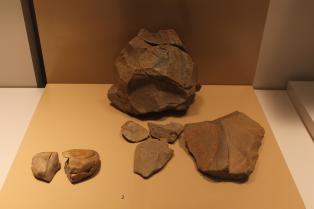
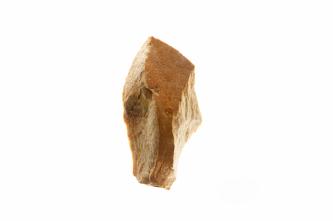
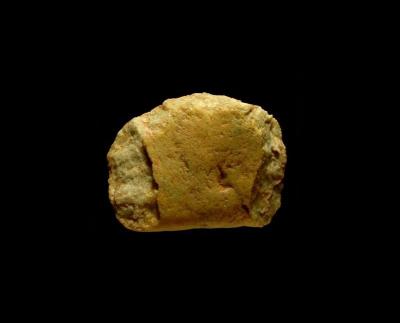
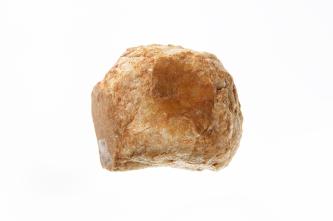
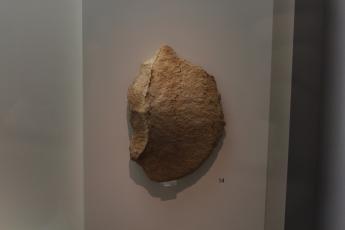
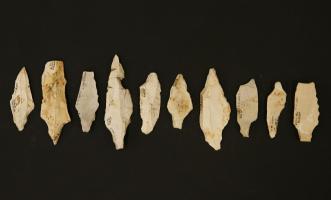
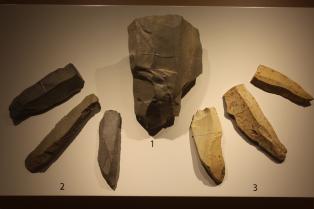
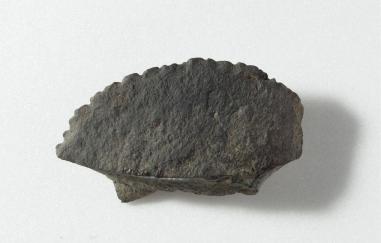
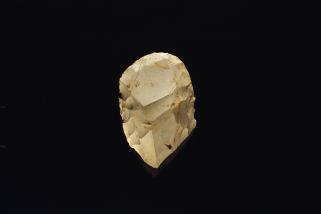
![[촉각전시물] 주먹도끼 대표이미지](https://cdn.museum.go.kr/attach_files/THUMB_H_20221110191245195_000.jpg)